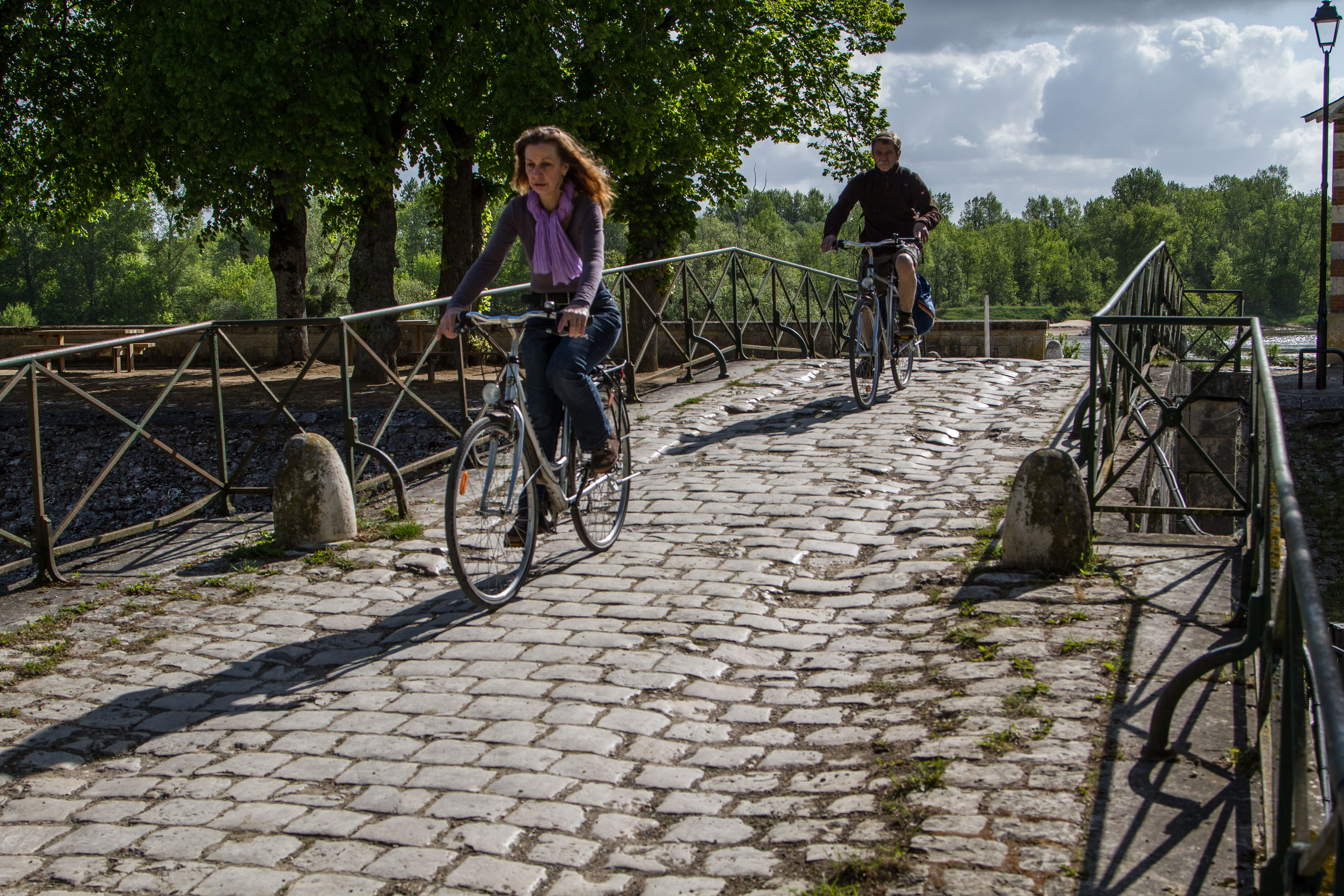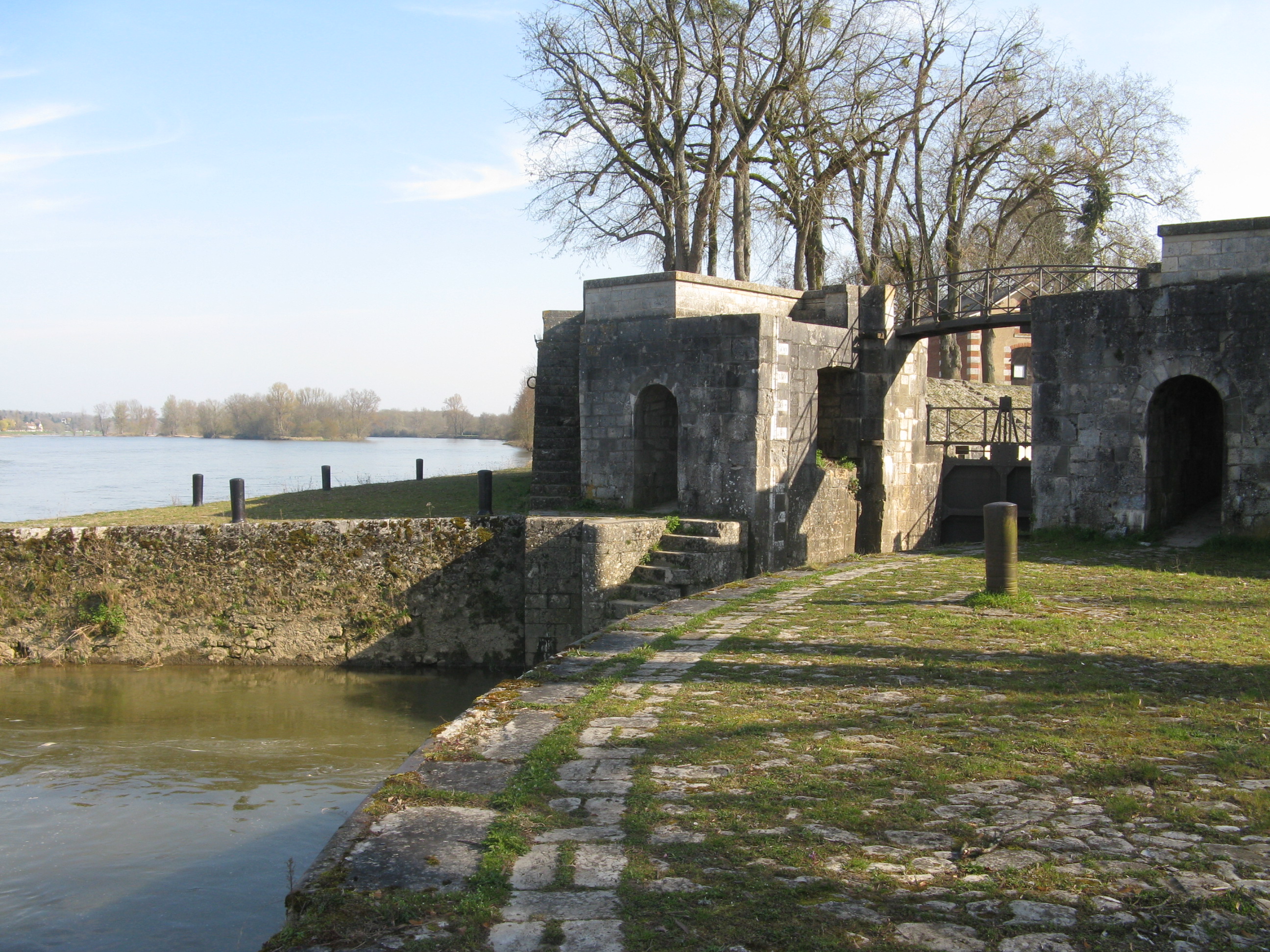Classified as a historical monument and rehabilitated in 2000, Mantelot is both a lock and a former boat station. From 1838 to 1896, it allowed boats to leave the Canal Lateral à la Loire to cross the river at Châtillon-sur-Loire, on the left bank; the Combles lock performed the same role on the right bank. The boats followed a channel of more than one kilometer long, built in the bed of the Loire and materialized by two dams. The Briare canal bridge eliminated all the difficulties of crossing the Loire in 1896, saving precious time for bargemen.
Spoken languages :FrenchLanguages documentation:French, English, German
Visiting languages:French
Home groups:yes
Information panel :French
Pets allowed
Means of payment
- Cheques
- Cash
| Period (s) | Morning | Afternoon | Opening day | Closing day |
|---|---|---|---|---|
| 01/01/2024 - 31/12/2024 | - | - |
Individual visits
Free visit (permanence):yesFree visit (request):no
Guided tour (permanence):no
Guided tour (request):no
Duration of the visit:
Free tasting:
Tasting fee:
Group tours
Free visit (permanence):yesFree visit (request):
Guided tour (permanence):no
Guided tour (request):yes
Duration of the visit:01:00
Free tasting:
Tasting fee:
-
Animaux
-
Bar / refreshment bar en
-
Bicycle hire en
-
Catering on site en
-
Historical sites and monuments category
-
Parking en
-
Picnic area en
-
Station Verte en
-
Temporary exhibitions en
-
Environment and nature
-
19th century



